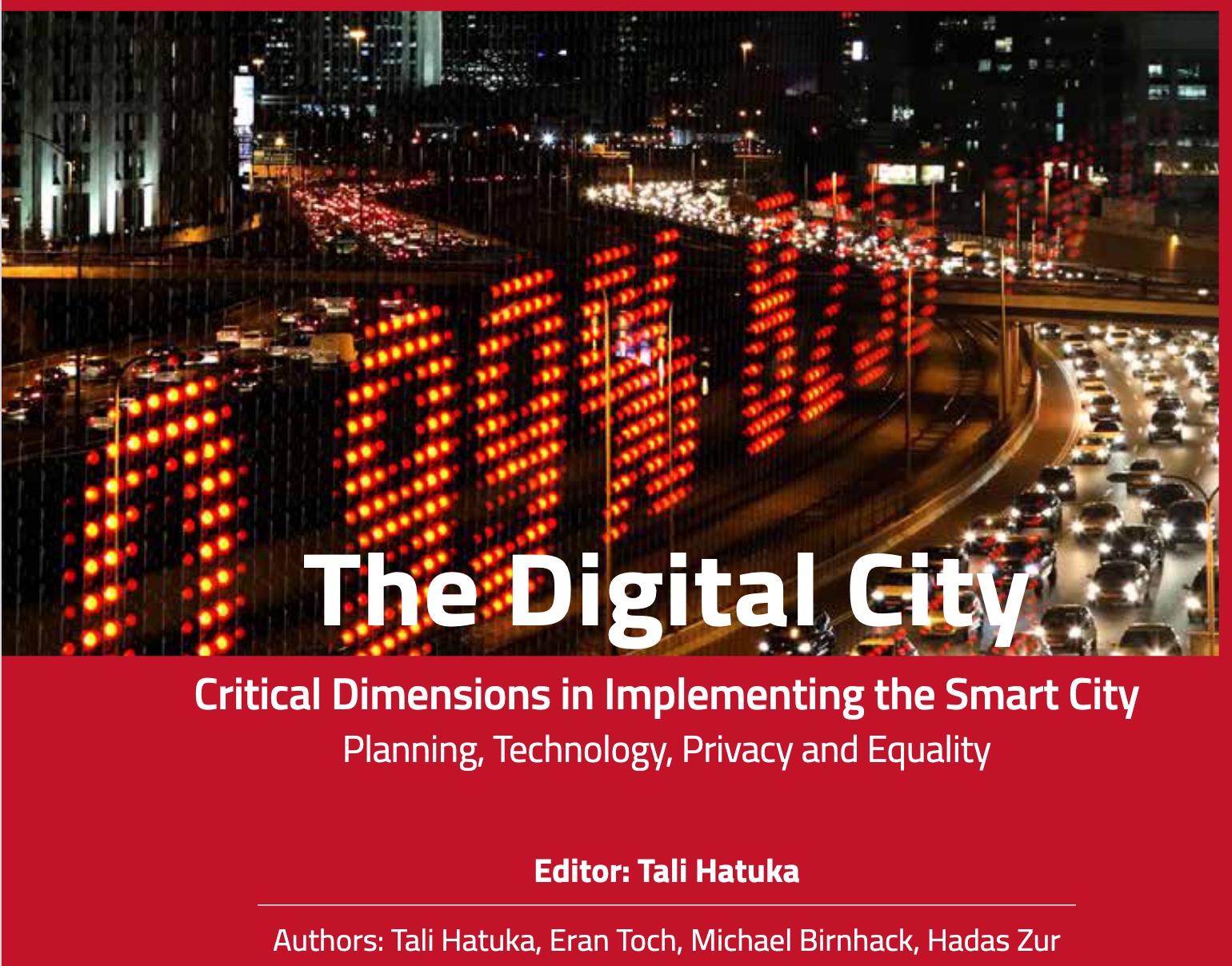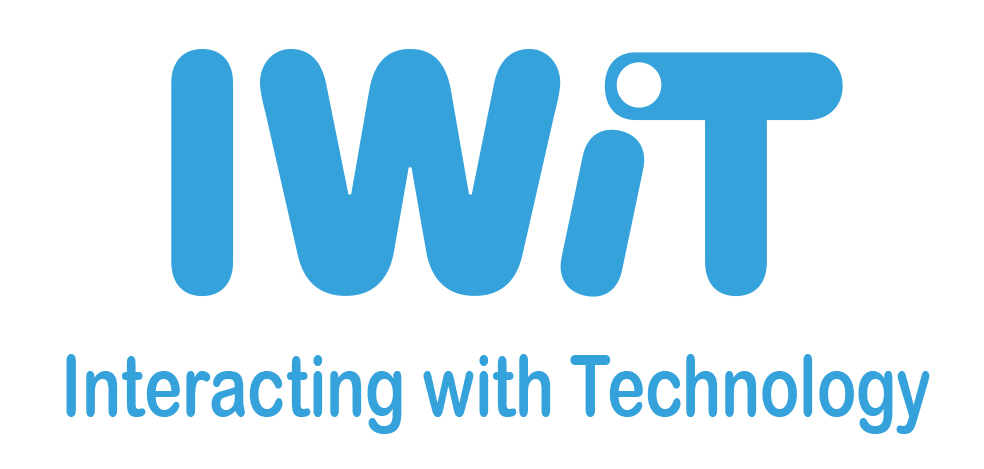We have posted a new tech report on SSRN: “The Digital City: Critical Dimensions in Implementing the Smart City.” The report is relevant to ppl doing #SmartCity work: urban planning, information security, privacy and equality. With Michael Birnhack, Tali Hatuka, Hadas Zur, and Eran Toch.
Free download: https://papers.ssrn.com/sol3/papers.cfm?abstract_id=3766782

Here is the abstract:
Cities around the world are beginning a process of adaptation to the digital age. Digitization processes are an opportunity for new thinking and organization of municipal systems, city services and residents’ daily life. However, inherent within these processes are not only opportunities, but also many risks. Unwise introduction of digital projects may do more harm than good. Therefore, familiarity with the issue of digitalization and in-depth learning about it are an important component of strategic planning in a contemporary city. This report focuses on four central topics for the development and assimilation of technology in a city: planning, technology and security, privacy, and inequality.
Chapter 1 presents the idea of a smart city, its underlying assumptions, as well as the risks and challenges that are part of implementing this concept. Particular emphasis is given to the importance of the planning process and decision making processes in implementing technological initiatives. We discuss governability in the digital age, the centrality of the private sector in the implementation of technological applications, the process of decision-making for promoting digital projects, using examples from cities in Israel.
Chapter 2 explores the development of technologies in cities from the perspective of the interests and powers that motivate them. These technologies are developed and operated in several specific contexts: by municipal governments that are interested in reducing the cost of providing municipal services, while also expanding their services and control over the city, and by private companies and citizens who create new applications that transform the experience of residing in or visiting a city into something more sophisticated. We discuss the main emerging technologies currently found in cities, assess the processes of developing and deploying them, and survey the various threats faced by a city’s IT systems. We offer recommendations for protecting the digital infrastructure and residents’ privacy.
Chapter 3 offers a privacy analysis. The introduction of new technologies facilitates gathering additional types of data that could not be collected previously, the matching of data with other sources within the city and elsewhere, processing data in order to identify general trends and create personal profiles of residents, and transmission of information about residents to other parties within the city administration or beyond – to market players and other governmental authorities. We identify the challenges and suggest some solutions.
Chapter 4 examines the relationship between digitization and social gaps. Whereas digitization has the potential to reduce gaps by expanding the access to information and education, these processes may also enlarge existing divides and create new ones. In a city where varied social groups reside, the use of various technologies is also related to their characteristics, their lifestyle, and the space where they live. We examine the unequal impact of digitization on society as a whole, and focus on issues of inequality in the digital era.
Chapter 5 presents proposes taking a critical look at the concept of smart city and using digitization terminology to describe the technological revolution in the city. Precise use of terminology will facilitate business-like, effective analysis of digitization in the city and its impact on society. We present policy recommendations related to planning, technology, privacy, and inequality in a single flow-chart. Integration of the varied recommendations offers a working framework for policymakers.

Comments are closed.